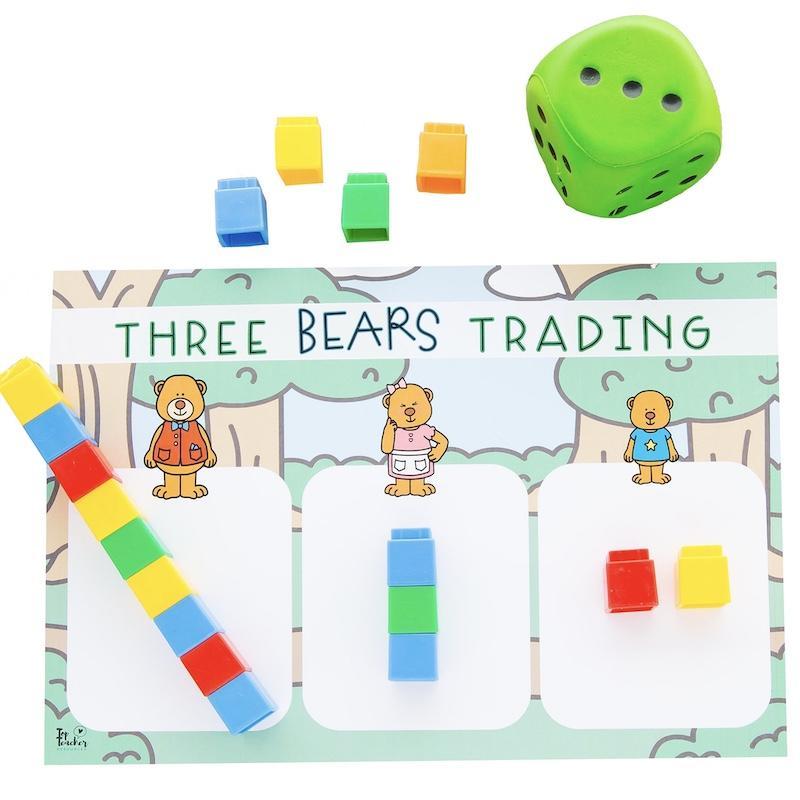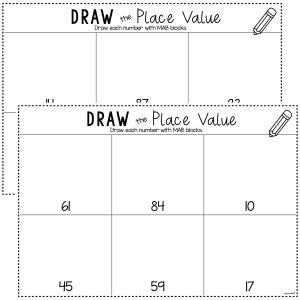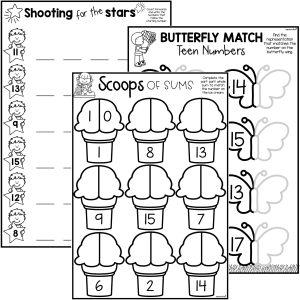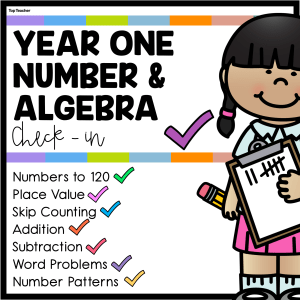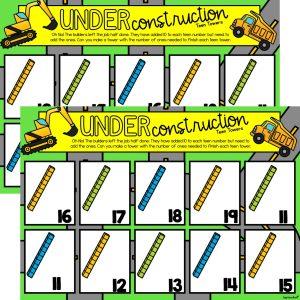Three Bears Trading Game
Description
Introduce your students to the concept of trading and foundational place value using the engaging and tactile Three Bears Trading Game. This resource is a perfect first step into place value concepts, encouraging students to manipulate physical materials, build understanding of number groupings, and use mathematical language to describe quantity and composition.
Based on the familiar tale of Goldilocks and the three bears, this game provides a scaffolded and story-based approach to grouping and trading. Students begin by collecting cubes in the baby bear column (representing ones), then trade up to the mama bear column (tens), and eventually reach the papa bear column (hundreds) - although the mathematical labels are introduced later as their understanding grows.
The Three Bears Trading Game is designed for flexible, repeated use and provides a fantastic bridge between concrete materials and abstract number concepts. Starting with a magic number of 3, the game allows students to experience repeated cycles of trading before moving to larger groupings such as 4, 5, or even 10 - eventually leading them naturally into place value learning and language.
Key Learning Outcomes:
- ✅ Develop early understanding of grouping and trading concepts
- ✅ Build foundational knowledge for place value through hands-on exploration
- ✅ Practise mathematical language for describing quantity and structure
- ✅ Engage in repeated cycles of grouping and exchanging units
- ✅ Strengthen number sense and logical reasoning through play
What’s Included:
- Printable game board featuring baby, mama, and papa bear columns
- Instructions and guided activity steps
- Trading examples and variations for different group sizes
- Suggested teacher prompts and discussion starters
Materials Needed:
- Printed game boards (one per student or pair)
- Dice (standard 6-sided)
- Unifix cubes or small manipulatives
- Optional: counters, teddy bear tokens, or linking blocks to match the bear theme
How to Use:
- Start with a magic number of 3 - students need 3 baby bears to trade for a mama bear, and 3 mama bears to trade for a papa bear.
- Students roll a dice and collect that number of cubes to place in the baby bear column.
- When they collect 3 cubes, they group them and trade up to the mama bear column.
- Any leftover cubes remain in the baby bear column until enough are collected to trade again.
- Once students have 3 mama bears, they trade again to earn a papa bear.
- Encourage students to verbalise their current bear totals: “I have 2 papa bears, 1 mama, and 2 babies.”
- Gradually increase the magic number to 4, 5, or even 10 as students become more confident with trading.
Ideas for Classroom Use:
- 💡 Use as a warm-up in your maths block to prepare for place value learning.
- 💡 Include in small group instruction for early learners who need concrete number experiences.
- 💡 Display anchor charts that show bear-to-number equivalence as students transition to tens and hundreds language.
- 💡 Extend by asking students to record their bear quantities using numbers and words.
- 💡 Use the game over several weeks with gradual increases in complexity to reinforce grouping patterns.
Top Teacher Tips:
- 💛 Keep the game playful by using coloured blocks or themed tokens to match the bears.
- 💛 Model verbal explanations regularly to build mathematical language: “3 babies make 1 mama.”
- 💛 Create a class-sized version of the game on the floor using chalk or large paper for active learners.
The Three Bears Trading Game offers a fun, story-based, and strategic way to introduce grouping, trading, and early place value - making it an ideal first step into more formal number concepts.
Additional information
| Australian Curriculum Code | AC9M1N03 |
|---|---|
| File Format |
Australian Curriculum V9
F - 6
Lorem ipsum dolor sit amet, consectetur adipiscing elit.
Lorem ipsum dolor sit amet, consectetur adipiscing elit.
Lorem ipsum/ Lorem ipsum/ Lorem ipsum
Lorem ipsum dolor sit amet, consectetur adipiscing elit.
Lorem ipsum dolor sit amet, consectetur adipiscing elit.
Lorem ipsum/ Lorem ipsum/ Lorem ipsum
Lorem ipsum dolor sit amet, consectetur adipiscing elit.
Lorem ipsum dolor sit amet, consectetur adipiscing elit.
Lorem ipsum/ Lorem ipsum/ Lorem ipsum
Lorem ipsum dolor sit amet, consectetur adipiscing elit.
Lorem ipsum dolor sit amet, consectetur adipiscing elit.
Lorem ipsum/ Lorem ipsum/ Lorem ipsum
Lorem ipsum dolor sit amet, consectetur adipiscing elit.
Lorem ipsum dolor sit amet, consectetur adipiscing elit.
Lorem ipsum/ Lorem ipsum/ Lorem ipsum

